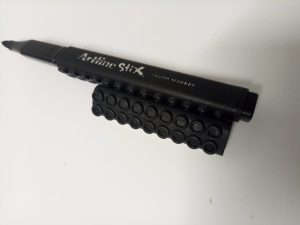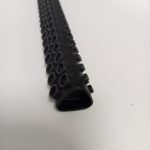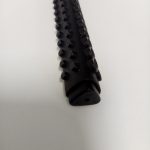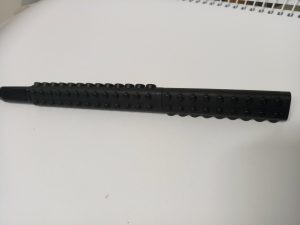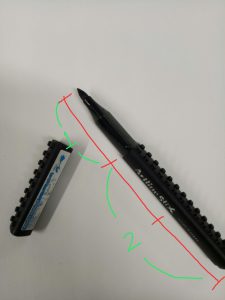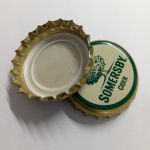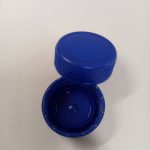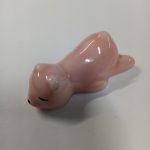Task 1: Object and Representation of Self
I have a lot of significant things in life: my collection of postcards, my Harry Potter book series, letters from my friends, my handmade friendship bracelets… but since most of them are back in my house in Indonesia, it actually saved me the trouble of choosing. (Not implying that this object is any less significant!) So the significant object that I chose is my Snorlax doll. His name is Hashtag.
Hashtag was given by my JC friends as a farewell gift. In JC, I had this group of friends, consisting of five people from different countries. However, we knew that after graduation, we are going to continue our studies in different countries. We knew that meeting up again would be difficult, so we prepared gifts for each other as a symbol of our friendship. They chose to buy a Snorlax doll for me since they knew I like Snorlax (I can relate a lot to its unwillingness to move) and dolls. For the name, we decided on a name together based on our inside joke.
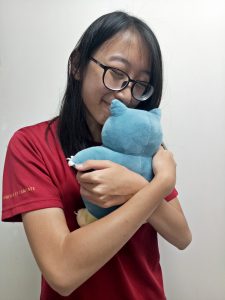
Hashtag can’t hug back, his arms are too short. But that’s okay! I hug him because I love him, not because I was expecting a hug back.
The picture of Hashtag alone, for me, shows that it is just a normal doll – and it is interesting because it means a lot to me nonetheless. I have a lot of dolls, yet when I came to Singapore, I only brought Hashtag. I felt like Hashtag was enough to “accompany” me.
The picture of me hugging him illustrates my relations
hip with my friends. My friends know I like hugging people, and that’s why I like dolls or soft toys – they are huggable. For me, hugging makes me feel less lonely.
The close-up picture of Hashtag and I looking at each other, for me, symbolizes that relationship is a two-way thing – “It takes two to tango.” I relate to that phrase
a lot since when facing difficulties in my relationships, I always try to remember that there are two people involved in the relationship, and that I have to try looking from another person’s perspective as well.
Fortunately, I still stay in touch with this group of friends quite regularly. I hope we can meet again someday.
Task 2: My World
As for a significant place, I have to say I love looking at the sea.

The sea at night is incredibly calming. The lights seem to be so far away, distancing me from everything else.
The thing I like about the sea is the vastness. When I’m sad or tired, I like to stare at the sea. Listening to the gentle waves and smelling the slightly salty air – those feelings give me a sense of peace and calmness.
In a sense, the sky is also vast, and I love looking at the sky as well – but when I’m staring at the sea, when I look at the horizon, I always feel dwarfed. The sky and the sea, they both make the world seems like a huge place, and make me feel like a grain of sand. When I’m facing a lot of problems, I often go to the beach just to sit down and stare at the sea. The vastness always reminds me that my problems are temporary and insignificant in such a big world.
Not only that, I have a lot of memories about the sea; playing Frisbee inside the water with my friends, splashing water at my sister, playing orientation games, crossing the sea to Batam for my overseas project, and even canoeing during my Outward Bound.
Funny moments, happy moments, and even sad moments – I have experienced them all by the sea. That’s why it is such a significant place for me.
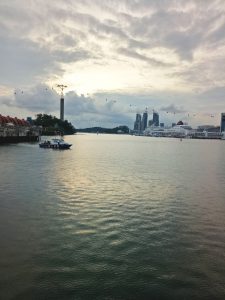
The sea is calming, but also mysterious – who knows what’s lurking in its depths? In a sense, the sea intrigues me as well.
I know I’m bad at taking photographs and my emotions may not come out as much as I want them, but I do hope they can convey some of my feelings.

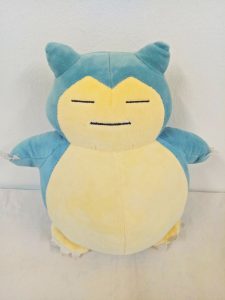
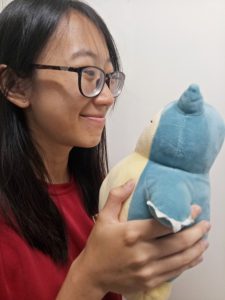
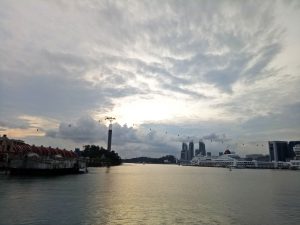
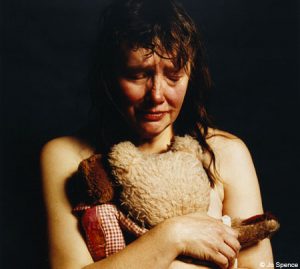
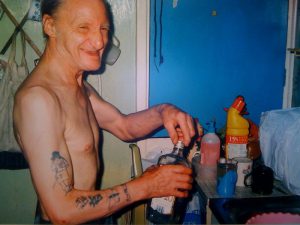
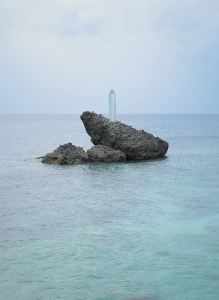
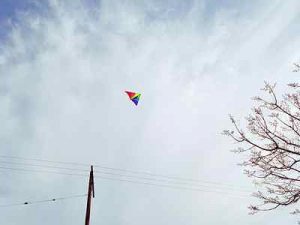
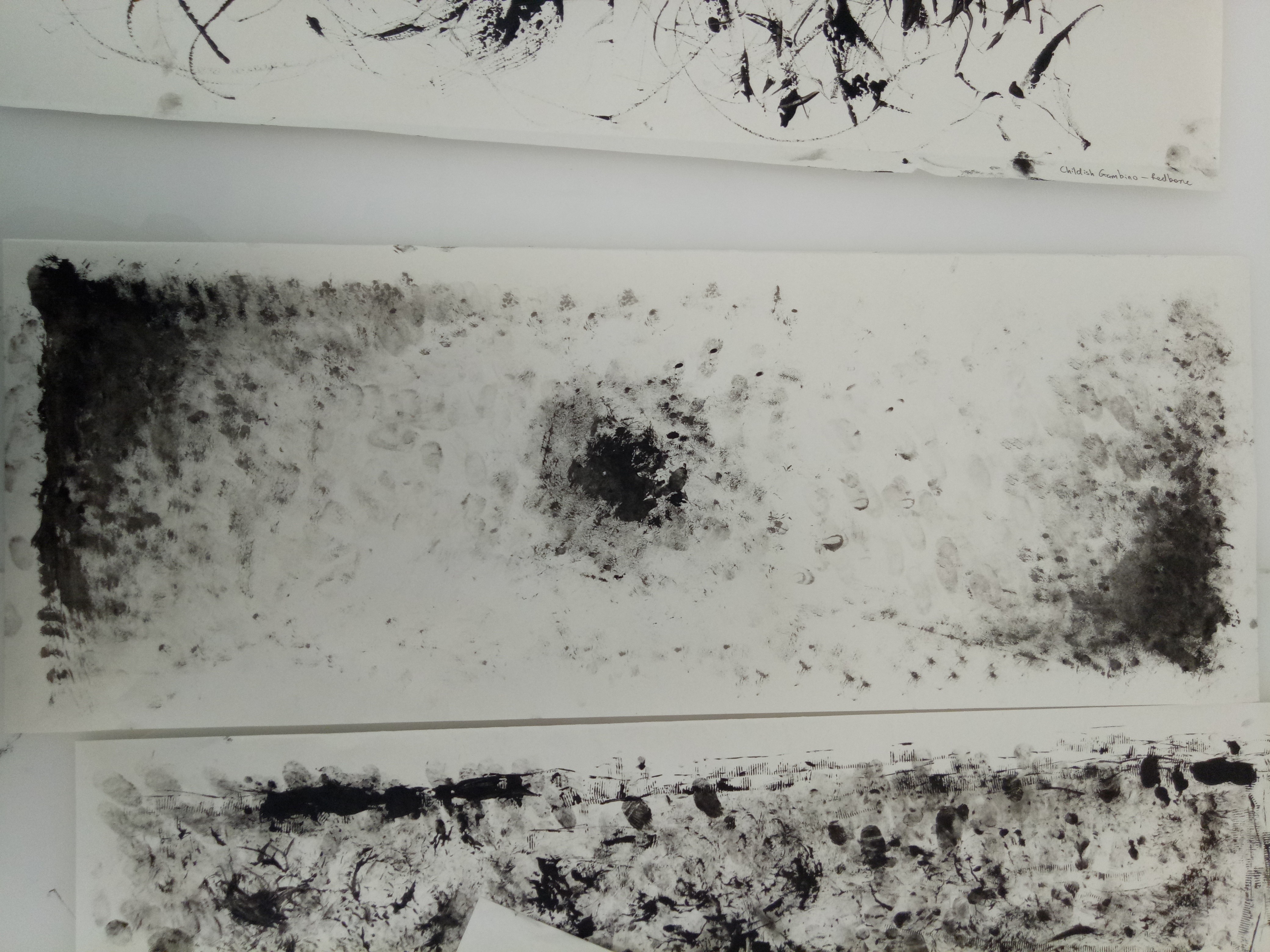
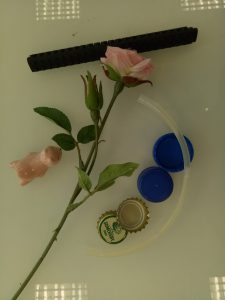
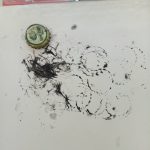
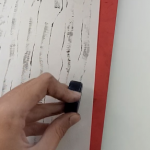
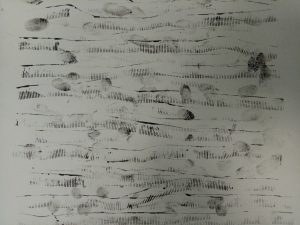
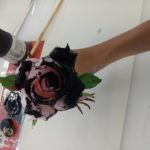
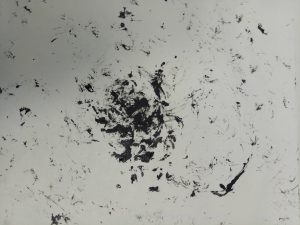
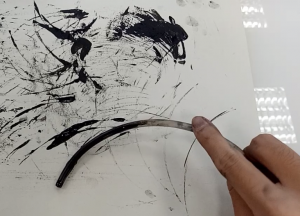
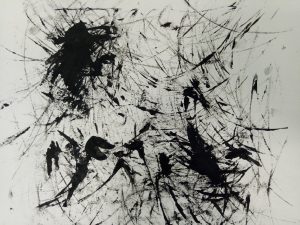
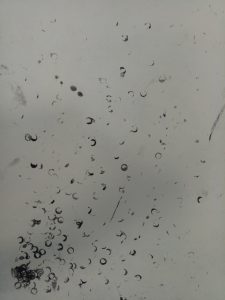
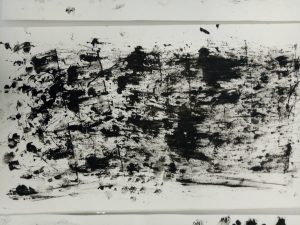
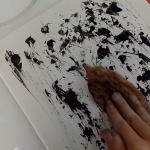
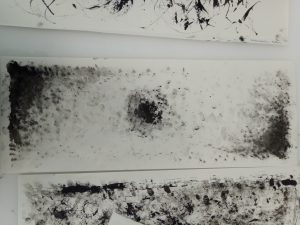
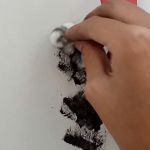
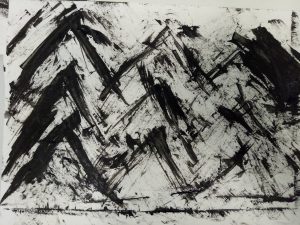
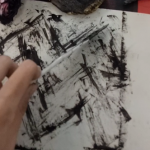
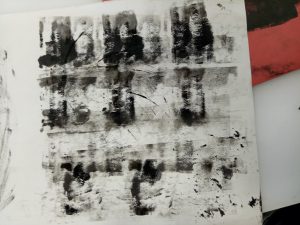
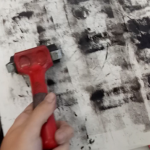
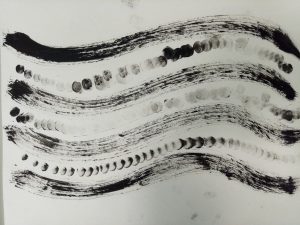
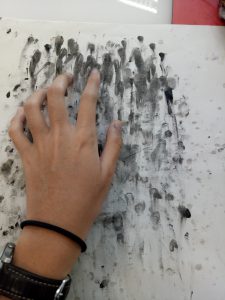
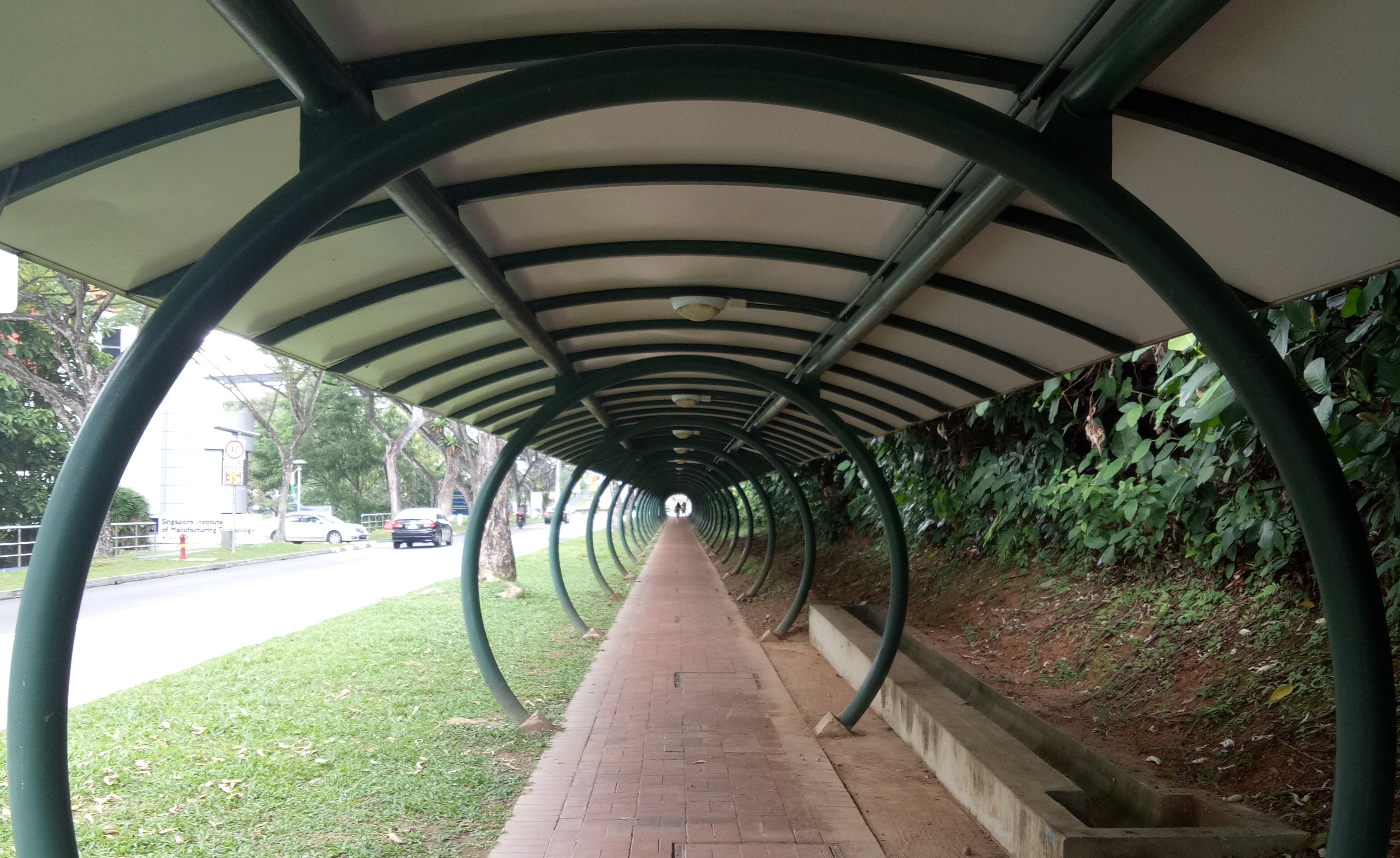
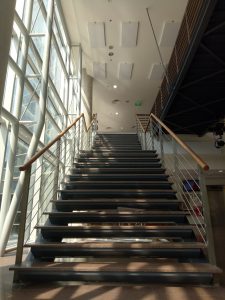
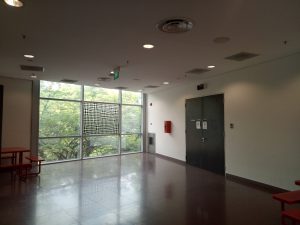
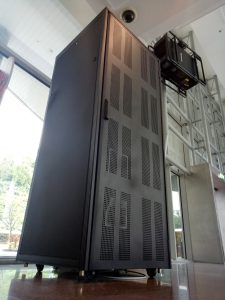
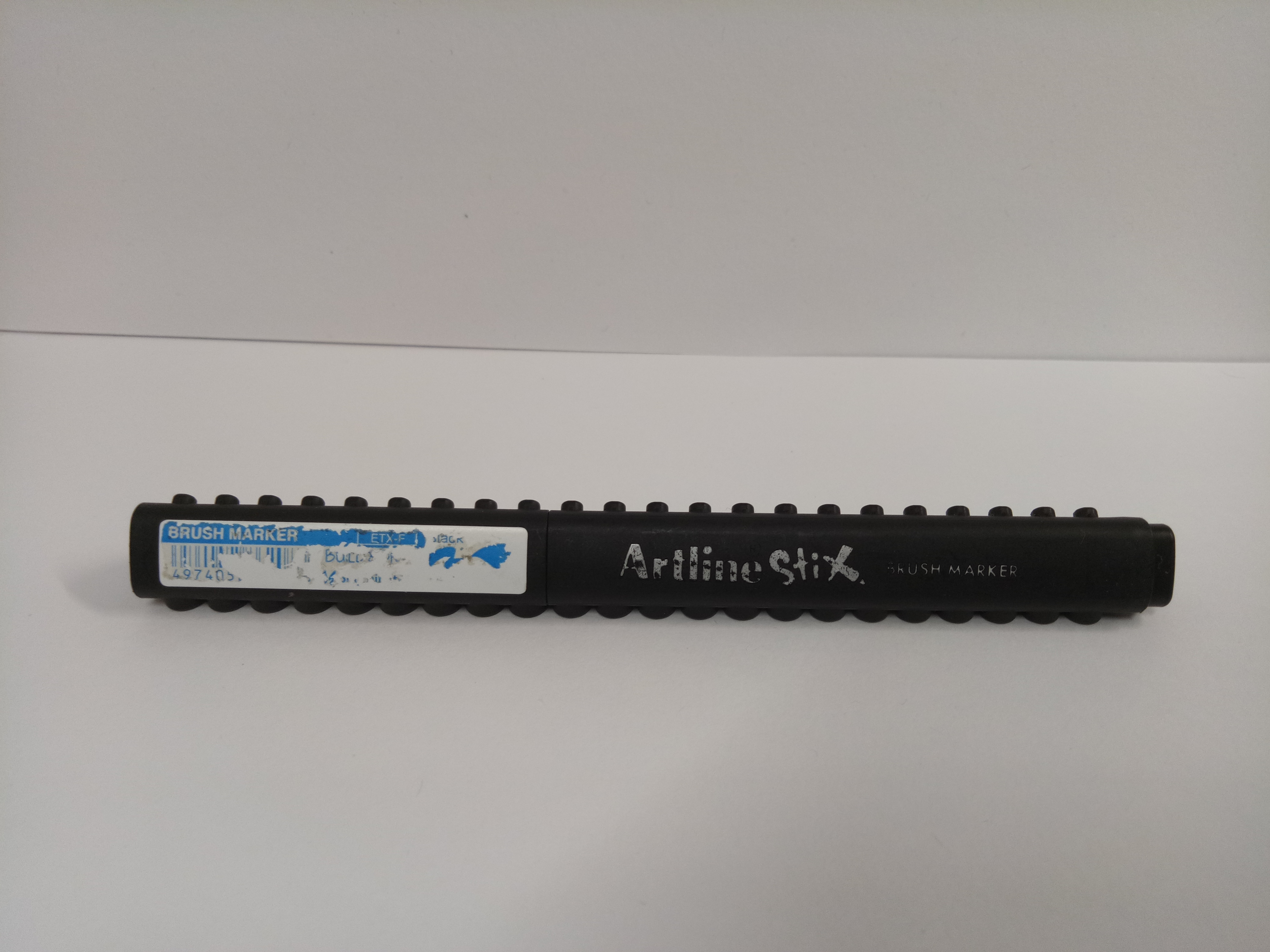
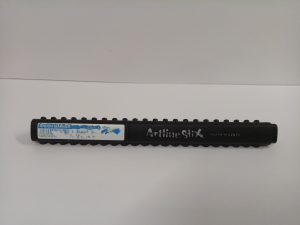
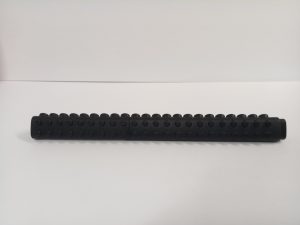
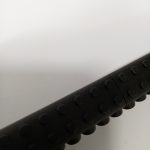
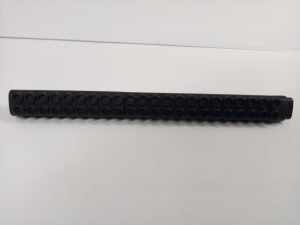
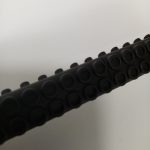 Zoomed in.
Zoomed in.